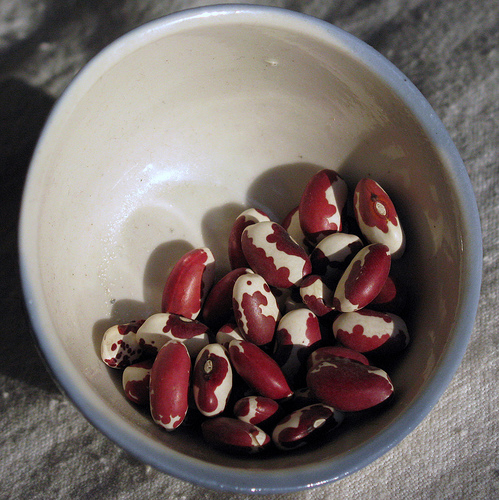Following our recent exchange of views on assisted migration, Prof. Vernon Heywood has alerted me to the fact that the latest issue of BGjournal (Vol. 6, No. 1, January 2009) is devoted to ecological restoration.
Amongst the many interesting articles is one on inter situ [sic] conservation which is an issue related to assisted migration. It deals with reintroduction of species to locations outside the current range but within the recent past range of the species unlike assisted migration which deals with the introduction of species (or communities) to areas not at present within their ‘native’ ranges. Both are forms of human-aided translocation of species. On a pedantic note, the correct term for the former should be inter situs not inter situ. I suppose that assisted migration could be viewed as anticipated or predictive inter situs conservation but I would not advocate using such terms.
Another article (by Dixon & Sharrock) in the same issue is on botanic gardens and restoration and includes a Box on the potential and problems of assisted migration.
Perhaps the biggest problem with assisted migration is that while we have various bioclimatic models for predicting species’ distributions under different climates we are not really able to incorporate habitat availability or predict it independently of niche models. We need to know what the habitat and species assemblage (“ecosystem”) are likely to be in the future that we are planning to introduce species into!
It’s not online on the BCGI website yet, but it soon will be.
